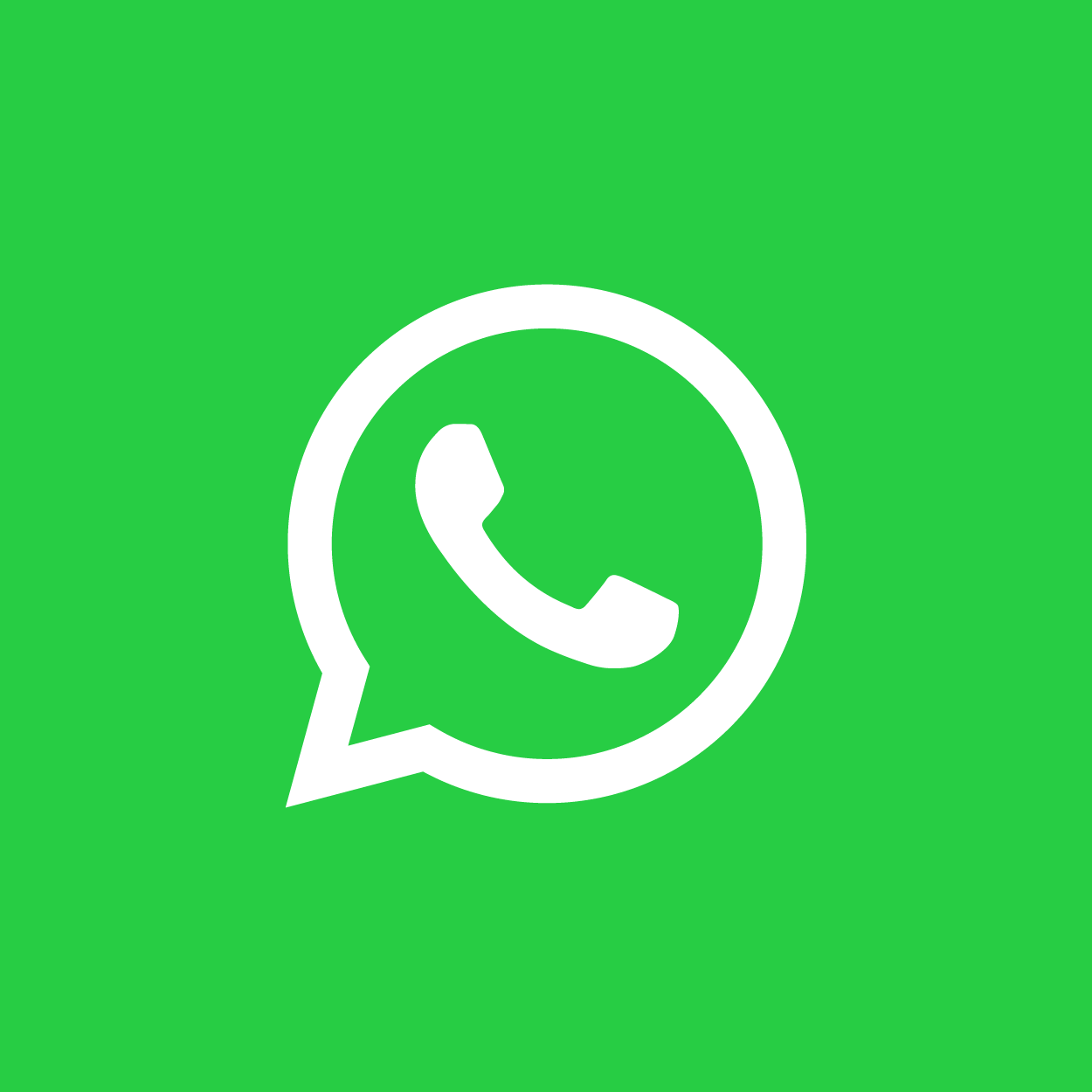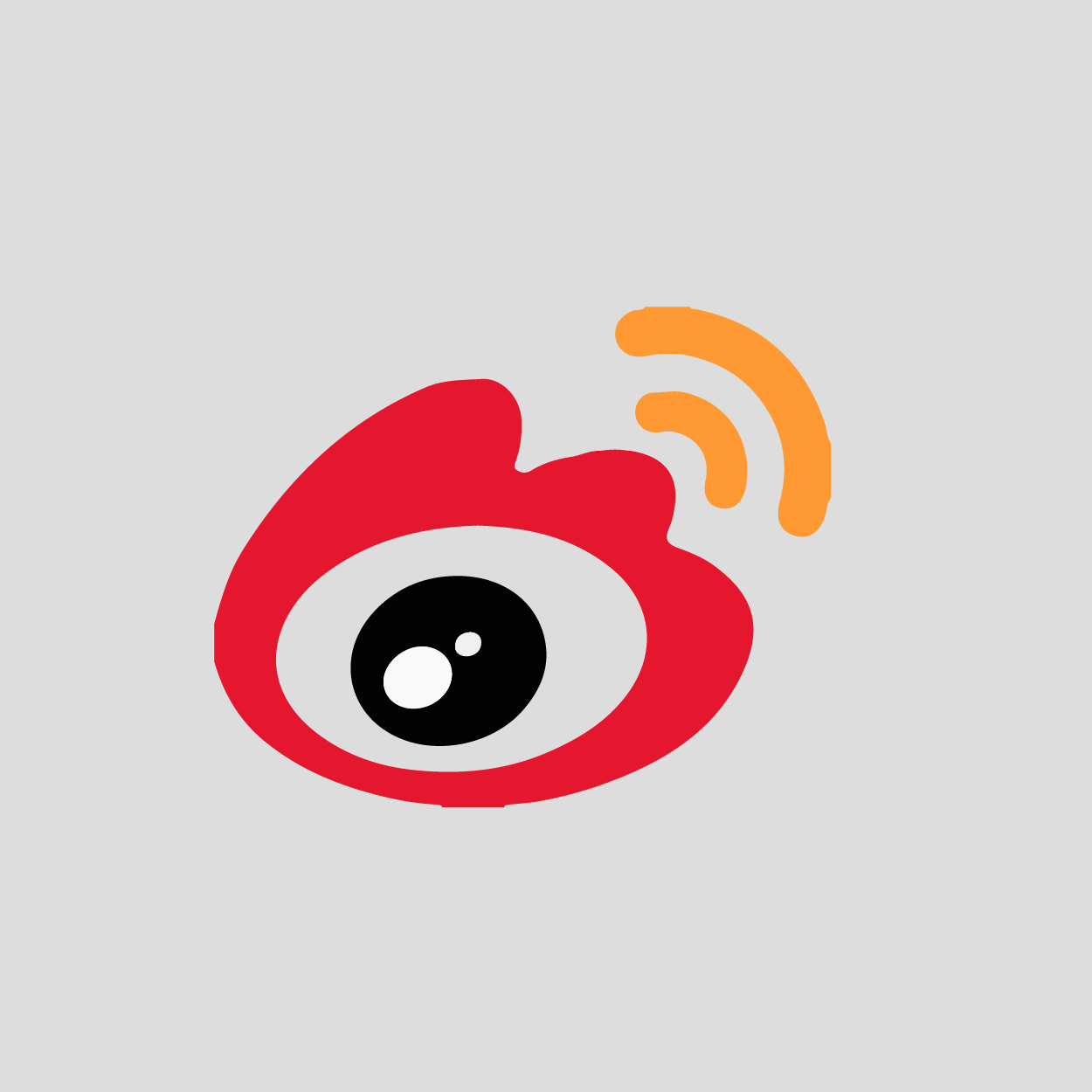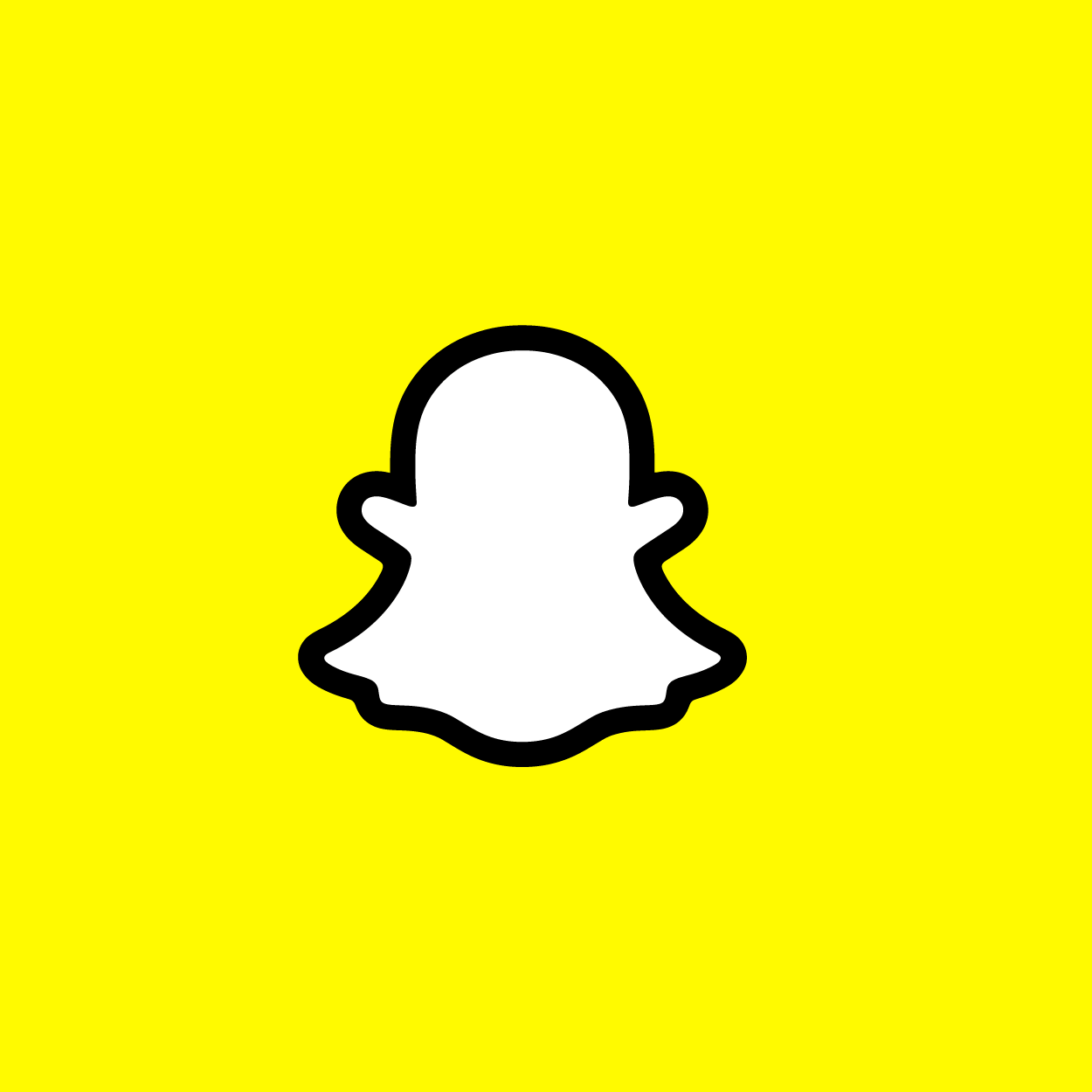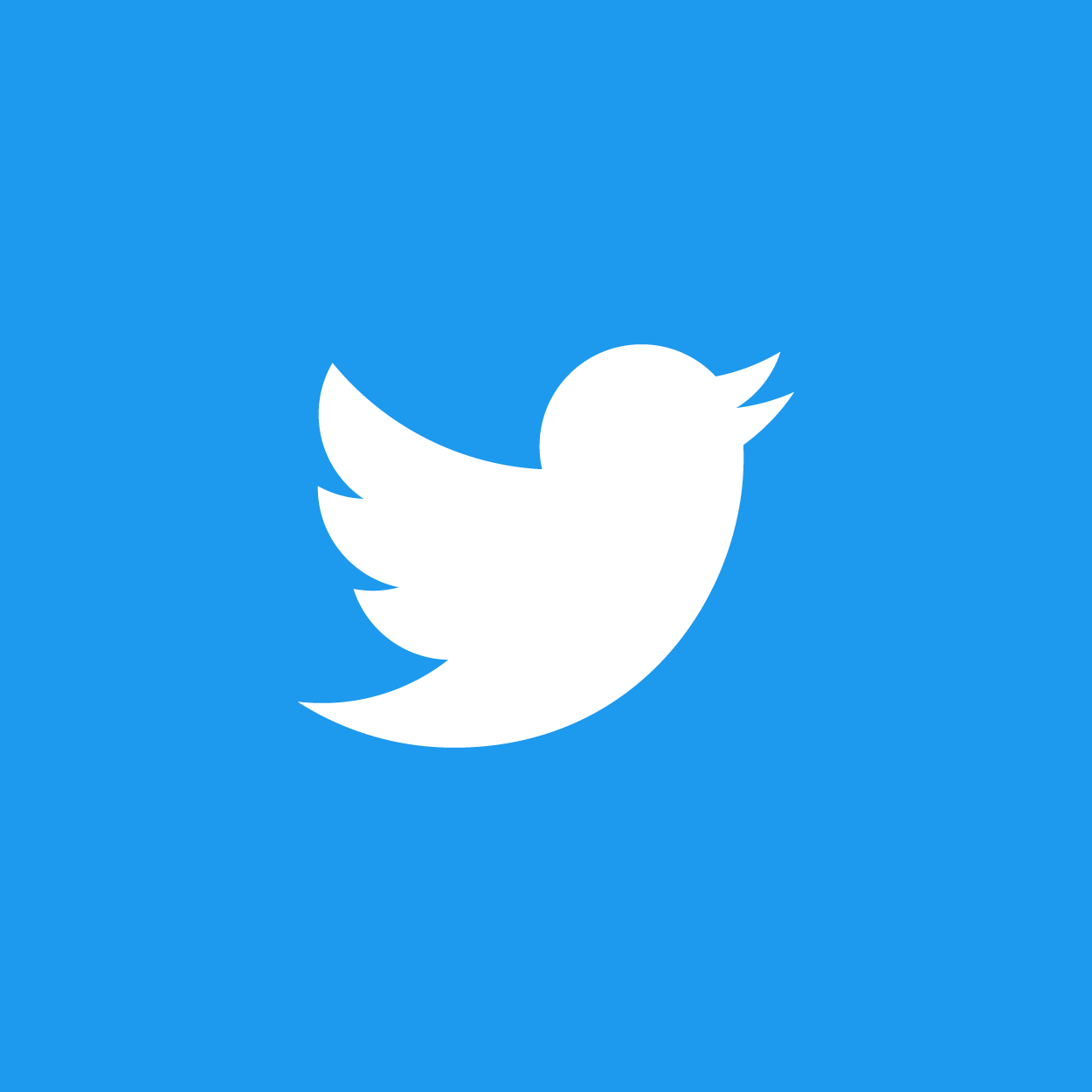Whether you have extensive experience in social media marketing, are interested in exploring this field, or are a business owner seeking to capitalize on social media, it’s valuable to be aware of the current most popular social media platforms. This knowledge can help you optimize your brand’s social media presence, connect with your target audience, and attain your social media objectives.
While the size of social media platforms is important, it’s not the only factor to consider. It’s equally crucial to determine if a particular social network aligns with your brand image and if your target audience uses that platform. Additionally, it’s essential to evaluate how many social media sites you can handle simultaneously.


Our list’s rankings take into account the significance of social media platforms for brands and creators, as well as their Monthly Active Users (MAUs) count.
-
Facebook — 2.96 billion MAUs

With almost 3 billion monthly users, Facebook is the biggest social network globally, representing approximately 37% of the world’s population.
Facebook’s tools are utilized by over 200 million businesses, primarily small enterprises. Additionally, more than seven million advertisers actively promote their businesses on Facebook, making it a reliable option for establishing a social media presence.
One of the benefits of using Facebook is that it accommodates a broad range of content formats, including text, images, video content, and Stories, making it simple to get started. However, the Facebook algorithm prioritizes content that promotes conversations and significant interactions among individuals, particularly those involving family and friends. For further information on how to initiate discussions on Facebook, please refer to our guide on marketing your business on Facebook and gauging your outcomes.
-
YouTube — 2.2 billion MAUs

YouTube, a video-sharing platform, garners a billion hours of daily video consumption by its users. In addition to being the second-largest social media platform, it is commonly referred to as the second-largest search engine globally, after its parent company, Google.
If video promotion is part of your business’s marketing strategy, including YouTube is a must. To begin, check out our guide on creating a YouTube channel for your brand. To enhance the visibility of your videos, we suggest reading up on YouTube SEO or exploring the option of advertising on the platform to broaden your reach.
-
WhatsApp — 2 billion MAUs

With users spanning 180 countries, WhatsApp is a messaging app utilized by many individuals. While initially used for sending text messages to family and friends, people have gradually begun using WhatsApp to interact with businesses as well.
WhatsApp’s business platform enables businesses to offer customer support and keep customers informed of their purchase updates. The WhatsApp Business app caters to small businesses, while enterprise businesses can leverage the WhatsApp Business API.
Given its immense popularity as a messaging platform, WhatsApp can serve as an excellent customer service channel for your business. Be sure to peruse these success stories from WhatsApp Business users.
-
Instagram — 2 billion MAUs

Instagram, a visual social networking platform, is ideal for exhibiting your products or services through photos or videos. The app enables you to share an array of content types, including photos, videos, Stories, reels, live videos, and IGTV, which is suited for longer-form videos.
Brands can establish an Instagram business profile, which offers in-depth analytics of their profile and posts and the option to schedule Instagram posts using third-party tools. Moreover, Instagram serves as a prime platform for acquiring user-generated content from your audience since users frequently share content and tag brands.
Our comprehensive guide to Instagram marketing can assist you in utilizing the platform like an expert.
-
WeChat — 1.26 billion MAUs

Tencent, one of China’s largest tech companies, launched WeChat in 2011. Although initially a messaging app, WeChat has since transformed into an all-in-one platform, similar to WhatsApp and Messenger. Apart from messaging and calling, users can perform an array of activities such as online shopping, bill payments, grocery purchases, money transfers, reservations, taxi bookings, and much more.
In China and several other regions of Asia, WeChat is the most prevalent social media platform. If you want to enhance your brand presence in China (where mainstream social networks such as Facebook and Twitter are restricted), WeChat is an excellent substitute. You can advertise on the official WeChat account or on WeChat Moments. Additionally, many WeChat-based influencers can assist your brand in reaching millions of Chinese consumers.
-
TikTok — 1 billion MAUs

TikTok, also known as Douyin in China, is a relatively new short-form video-sharing app that was launched in 2017. Despite its recent entry into the social media scene, it has experienced rapid growth and has already become one of the most visited internet sites, surpassing even Google.
The TikTok app allows users to create and share short videos that range between 15 and 60 seconds in length. It comes with a vast library of sound effects, music clips, and filters to enhance the videos and make them more visually appealing. There are videos available for almost all interests, from lip-syncs, dancing, and challenges to DIY tricks and make-up tutorials. TikTok is particularly popular with users aged 10-29, who make up about 47.4% of the platform’s users in the U.S. So, if your target audience is younger, TikTok can be a great platform to include in your business’s social media strategy.
-
Sina Weibo — 0.57 billion MAUs

Weibo, which means “micro-blog” in Chinese, is a microblogging platform similar to Twitter and Instagram, launched in 2009 by the Chinese technology company Sina Corporation.
Weibo is a microblogging platform that enables users to share images, videos, and stories, follow trending topics, use hashtags, and exchange messages. It has a younger audience than WeChat and is more focused on trending and informative content. The platform is considered by The New York Times to be the ideal place for content to go viral in China. Businesses can create verified accounts on Weibo to interact with their followers and utilize paid advertising.
-
QQ — 0.53 billion MAUs

Tencent’s QQ was first introduced in China in 1999 and became the most popular messaging app in China before WeChat’s arrival. QQ offers more than instant messaging features; users can personalize their avatars, watch movies, play games, stream music, blog, and make payments on the app.
QQ, created by Tencent in 1999, was the most widely used messaging app in China before the rise of WeChat. Along with instant messaging, QQ provides various features such as avatar customization, online gaming, movie watching, music streaming, e-commerce, and blogging. It is still favored by younger users and available in many languages and countries, with the advantage that it doesn’t require a phone number for sign-up, making it accessible on desktop devices as well.
QQ’s primary audience is in the workforce, where its desktop messenger is widely used for its user-friendly interface and file-sharing capabilities. Unlike WeChat, QQ enables the transfer of files greater than 25 MB, which makes it a go-to messaging app for professionals who need to share large documents.
-
Telegram — 0.55 billion MAUs

Telegram is a messaging application that is free to use and can be accessed on multiple devices. There are no restrictions on the size of media that can be shared on this app.
Telegram stands out with its advanced end-to-end encryption that provides secure communication for all activities on the app, such as group chats and media sharing. This focus on security has attracted more users over time, particularly after WhatsApp announced modifications to its privacy policy that would permit the sharing of data with parent company Meta.
Telegram provides brands with various options to utilize the platform beyond providing individual customer support. One of the options is developing chatbots for Telegram, while another option is utilizing the platform’s channel feature to distribute messages to a maximum of 200,000 individuals.
-
Snapchat — 0.55 billion MAUs

Snapchat is a social media platform that centres around photo and short video sharing called “snaps” between friends? It popularized the vertical video format, which has since become common on other platforms like Instagram and TikTok. However, the growth of Instagram Stories has slowed Snapchat’s expansion and affected brands’ inclination to use it for their marketing efforts.
If your target audience is primarily teenagers, then you should consider using Snapchat, as 69% of U.S. teens say they use the app. If you’re unfamiliar with Snapchat, take a look at our beginner’s guide to Snapchat. Additionally, if you’re unsure whether to use Snapchat or Instagram for your brand, we’ve provided a comparison between the two platforms.
-
Kuaishou — 0.57 billion MAUs

Kuaishou is a Chinese platform that competes with TikTok (known as Douyin in China). Similar to other platforms, Kuaishou offers features such as the ability to add text, stickers, and sound bites to images and videos. In addition, users can live stream to their followers or record longer videos.
Kuaishou, in contrast to TikTok, has a greater following among an older audience, particularly in China’s rural areas. Additionally, the app’s revenue model leans more towards e-commerce than advertising.
-
Qzone — 0.55 billion MAUs

Qzone is a social networking and blogging app from Tencent that is based in China. It allows users to upload multimedia content, write blogs, maintain diaries, play games, and stream music.
Similar to Facebook, Qzone users can connect with their friends, view a feed of updates, react to or share posts, comment, and update their profile or cover photos.
-
Pinterest — 0.44 billion MAUs

Pinterest is a platform that offers a wide range of ideas and inspiration for users looking for new products or ideas. Users can “pin” photos from around the internet that link to websites, blog posts, product pages, and other content. It’s an excellent tool for directing traffic to a website, and users on Pinterest are seven times more likely to purchase products they have saved or “pinned”.
If your business is in the fashion, beauty, home, garden, or DIY industry, then you should seriously consider using Pinterest for marketing. Pinterest is a platform where users can discover and save ideas for products and projects, and it’s an excellent tool for driving traffic to your website. Users are more likely to purchase products they’ve saved on Pinterest, making it a valuable platform for businesses looking to increase sales.
-
Reddit — 0.43 billion MAUs

Reddit is a social platform that features an upvoting system and has gained recognition as the “front page of the internet” due to its diverse content. This includes current events, celebrity Q&A sessions known as “ask me anything” (AMA), and in-depth conversations on various niche topics.
Reddit has dedicated forums known as subreddits that cover various topics. While there is a subreddit for almost anything, each subreddit has varying levels of engagement. As a brand, it is important to research and find popular subreddits that align with your business. For instance, if you are a beauty brand, you can join r/beauty. It is essential to note that most subreddits do not permit self-promotion. The aim is to engage with members by asking and answering questions, sharing tips and resources, and participating in discussions.
-
LinkedIn — 0.42 billion MAUs

LinkedIn, with approximately 424 million active monthly users, has transformed from a basic job search engine and resume platform to a professional networking site where experts share content, make connections, and cultivate their personal brand. Additionally, it has become a hub for companies to demonstrate their industry expertise and attract the most skilled employees.
We have crafted a straightforward five-step plan to aid you in expanding your LinkedIn Business Page. Additionally, LinkedIn presents advertising prospects such as sending customized advertisements to users’ inboxes.
-
Quora — 0.30 billion MAUs

Quora is a platform that offers a community-driven Q&A service for individuals seeking information on a diverse range of topics. Users can submit questions and receive answers from other users, which are then ranked according to metrics such as views, votes, reviews, and shares.
You can create a Quora page for your business or use employee advocates to answer questions related to your products or services, or about topics in your industry. Quora also offers an ads platform for advertising your business. As 63% of users research major online purchases on Quora, it is an excellent platform to reach customers who are actively looking for a product or service.
-
Twitter — 0.23 billion MAUs

Twitter, with around 238 million monthly active users as of Q2, is a social platform that caters to an audience that enjoys sharing news, entertainment, sports, politics, and more. What sets Twitter apart from other social networking sites is its focus on real-time information – trending topics and events happening right now – conveyed in brief, 280-character messages (140 for Japanese, Korean, and Chinese).
Twitter is not only a platform for posting news, entertainment, sports, politics, and more, but it also serves as an alternate customer service channel for many brands. In fact, according to advertisers on Twitter, more than 80% of social customer service requests take place on Twitter. Salesforce even calls it the “New 1-800 Number for Customer Service.”
After acquainting yourself with the basics, delve into 20 Advanced Search Techniques for Marketing and Sales to maximize your use of Twitter.
-
Tumblr — 0.13 billion MAUs

With 135 million monthly active users, Tumblr is a well-liked microblogging social media platform.
On Tumblr, users can share content in various formats such as text, photos, videos, GIFs, audio clips, links, and more. This social media platform is widely used by users who share content on a diverse range of topics, niches, and interests.
Many users choose to use their Tumblr account as their website since Tumblr also allows customization of blog designs.
Exercise caution when choosing your social media platforms to participate in
You don’t have to spread your brand thin across every social media platform (even Buffer is minimally active on Facebook). Instead, assess whether your target audience is active on each platform, regardless of its size. It’s more effective to focus on two to three platforms and produce high-quality content for those, rather than creating mediocre content for five or more platforms.
Additionally, you may find it useful to know that Buffer offers a social media scheduling tool that allows you to post content to several popular social media platforms. If you’re looking to manage multiple accounts across multiple platforms, you can try Buffer for free to see how it can benefit your business.
More Similar Articles of the Author
What is Color Psychology in Art and Design?
What is the start of Color Psychology?
How have Modern Ideas Evolved on the Impact of Color on us?
How is Social Media Influenced by Colors?
Analyzing the Use of Contrast and Chiaroscuro by the Old Masters
The Importance of Color in Abstract Expressionism
What is The Experience of Entering into the Digital Art World like?
What is the Relationship Between Impressionism and Pastels?
Viewing life in All Its Hues






 Content Writing
Content Writing Video Marketing
Video Marketing Graphic Design
Graphic Design Lead Magnet Creation
Lead Magnet Creation Content Marketing
Content Marketing